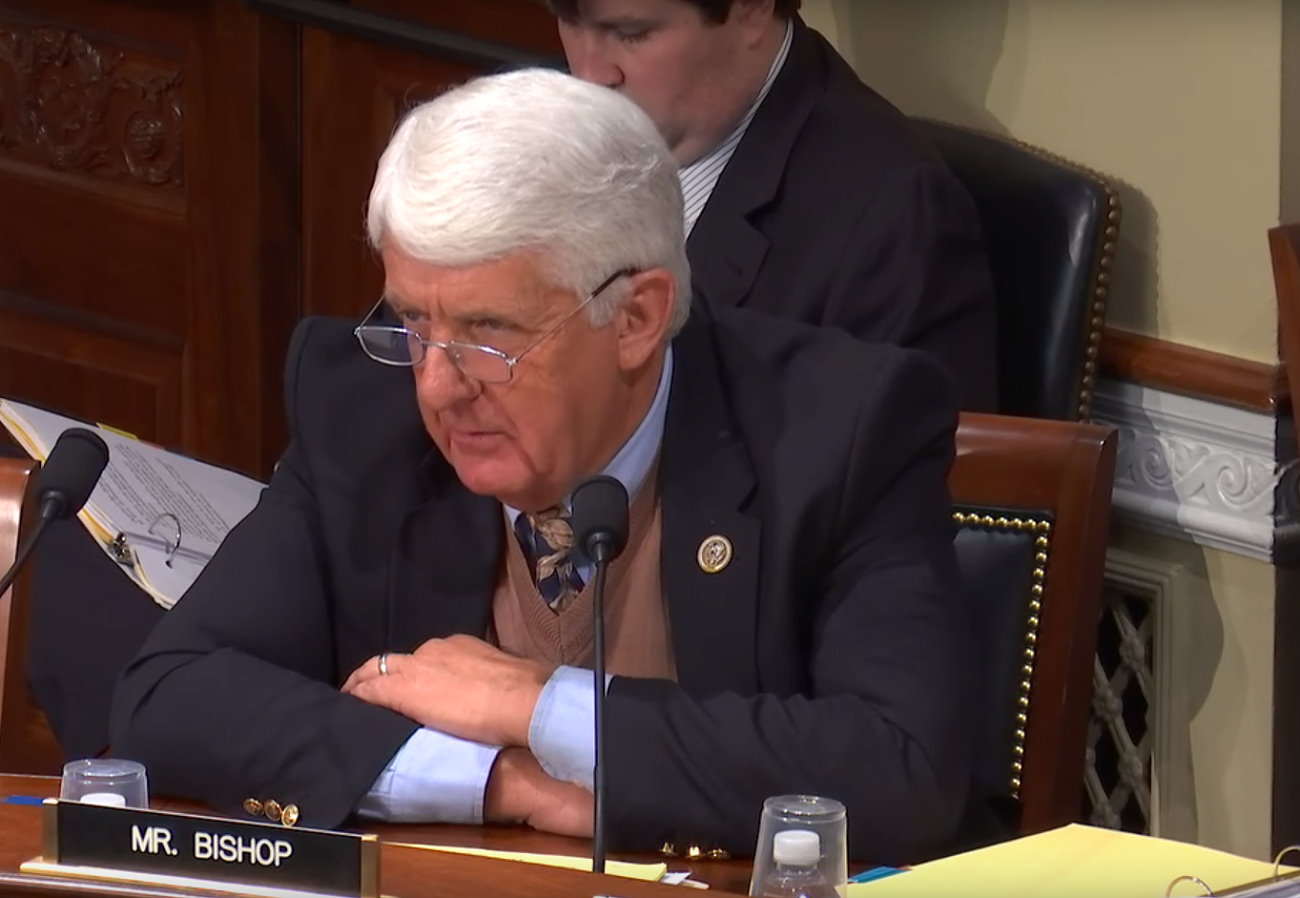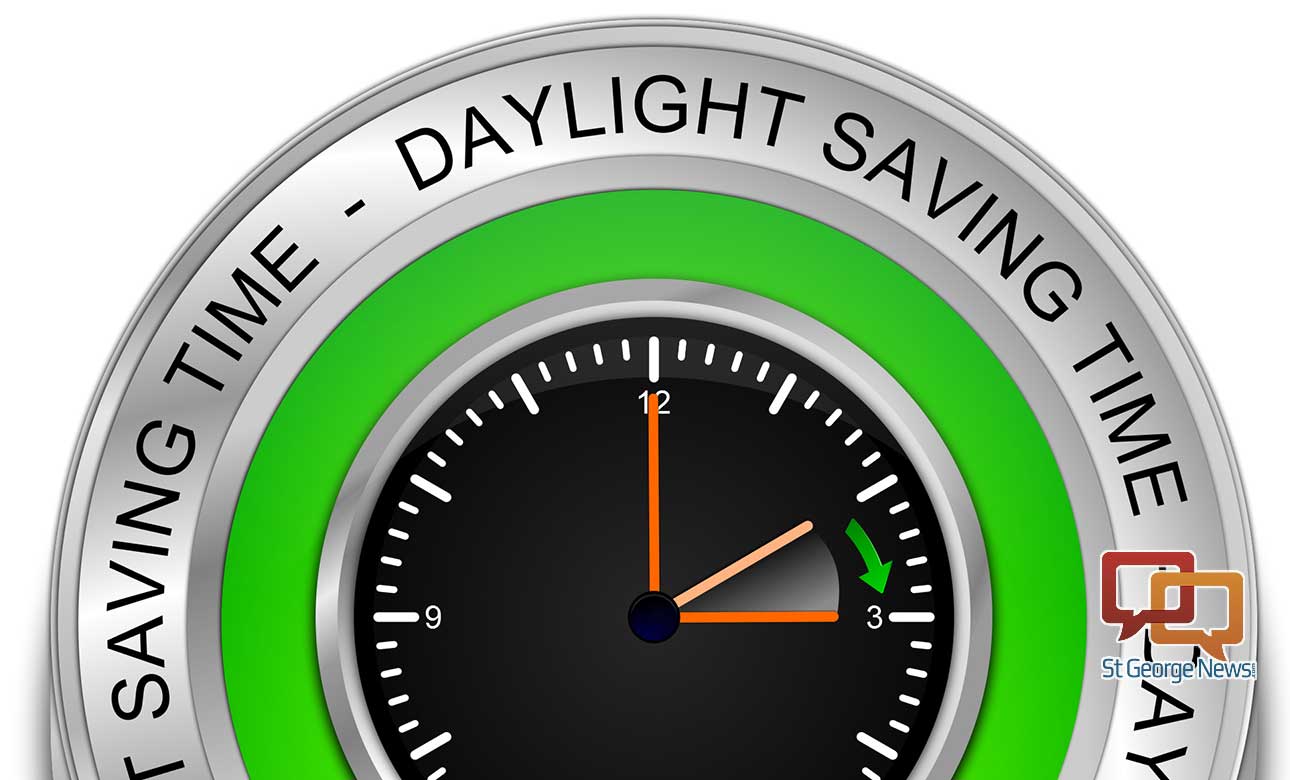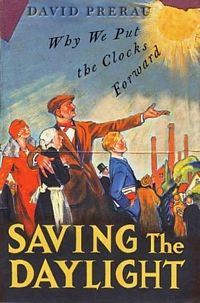
ST. GEORGE – U.S. Rep. Rob Bishop of Utah introduced legislation last week that would allow states to determine how they’ll observe daylight saving time.

Called the “Daylight Act,” HR 6331 would allow states to continue observing the semiannual time change or shift to either standard time or daylight saving time year-round.
“For any student of federalism, this is a no-brainer,” Bishop, a Republican, said in a statement Thursday. “The range of industry and lifestyle is so varied across our country, it only makes sense for states to have the ability to set their watches the way they best see fit.”
States are not able to opt-out of standard time, while Hawaii and Arizona are the only states that have chosen to opt-out of daylight saving time.
There have been repeated attempts in the Utah Legislature in recent years to drop daylight saving time. In the 2018 session, there was even a proposal to put the state in a new time zone.
A resolution presented by Sen. Wayne Harper, R-Taylorville, would have moved Utah from Mountain Standard Time to Central Standard Time. The resolution would have also petitioned the U.S. Department of Transportation to allow the state to drop daylight saving time.
Like the many measures before it, Harper’s resolution did not survive the year’s legislative session.
In 2017, Rep. Norm Thurston, R-Orem, and Sen. Deidre Henderson, R-Spanish Fork, proposed legislation that would put the question of dropping daylight saving time on the 2018 ballot. It also failed.
A 2014 survey conducted by the Governor’s Office of Economic Development showed nearly 67 percent of respondents favored year-round Mountain Standard Time, while only 15 percent preferred keeping the semiannual clock adjustments.

Pros and cons of daylight saving time
One advantage of daylight saving time is more light during the evening.
The extra hour of sunlight is lauded by members of the outdoor recreation and tourism industry as something that allows more people to devote time to outdoor activities like golf, hiking and so on. Parts of Utah’s tourism industry have opposed legislation dropping daylight saving time for this reason.
Another argument in favor of daylight saving time is that the additional light also offers more road safety for pedestrians and drivers.
Arguments against daylight saving time include it being a health hazard, as the time change disrupts an individual’s sleeping patterns, or circadian rhythm. While this may mean a few tired mornings as some people adjust to the time change, it may have more serious consequences for others.
Studies have linked the time change to an increase in car accidents, injuries and suicide, according to timeanddate.com. The onset of early-evening darkness has also be linked to depression.
Spring back: A little history

Starting on April 30, 1916, Germany and its World War I ally Austria-Hungary were the first to use daylight saving time as a way to conserve coal during wartime. Britain, most of its allies and many European neutrals soon followed suit. Russia and a few other countries waited until the next year, and the United States adopted it in 1918.
During the energy crisis of the 1970s, Congress passed an act keeping daylight saving time year-round. That lasted from Jan. 6, 1974, to Feb. 23, 1975, when the order was rescinded, allowing standard time to return Oct. 27, 1975.
Hawaii is the only state that has fully opted out of daylight saving time. The majority of Arizona also does not observe it, however the Navajo Nation, which extends into Utah and New Mexico, does observe the time change. The Hopi Nation, completely surrounded by the Navajo Nation, does not observe daylight saving time.
Of U.S. territories, the commonwealth of Puerto Rico, the U.S. Virgin Islands, American Samoa, Guam and the commonwealth of the Northern Mariana Islands do not observe daylight saving time.
Alaska, Colorado, Florida, Nevada, Tennessee and Washington have attempted to legislate the nonobservance, but none succeeded.
Resources
Email: [email protected]
Twitter: @MoriKessler
Copyright St. George News, SaintGeorgeUtah.com LLC, 2018, all rights reserved.
Yeah, nothing like 104 – 155 degree summers and Daylight savings time keeping the sun out until almost 10 pm, then it takes until 12 am to get the house cool enough to sleep, then a few months later it’s getting dark at 4:30 pm? …Enough, dump Daylight savings time, have the tourists end their day a hour early, why should we suffer for them or the Utah Greed Machine
Some of us would prefer to stay on DST all year. It’s nice to have more light in the evenings.
If it’s 155 degrees where you are, you should move.